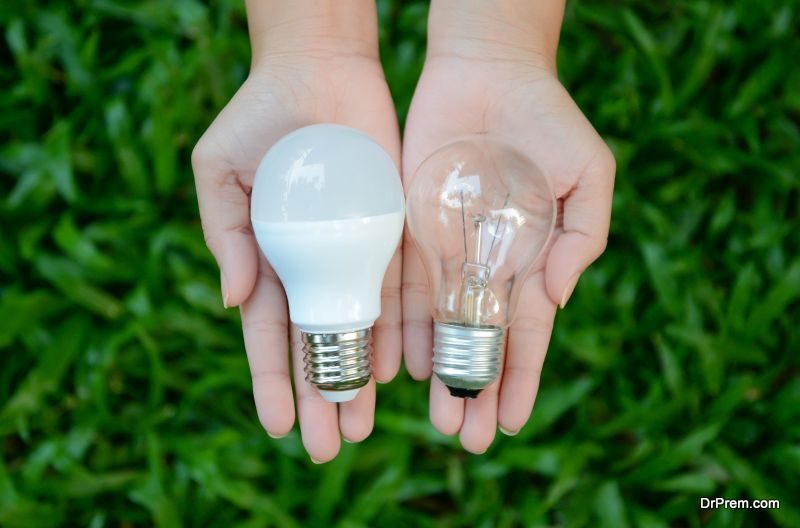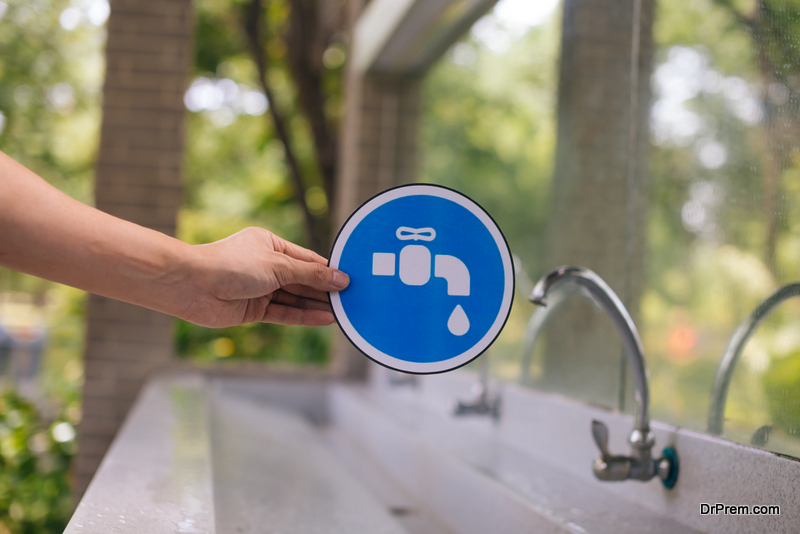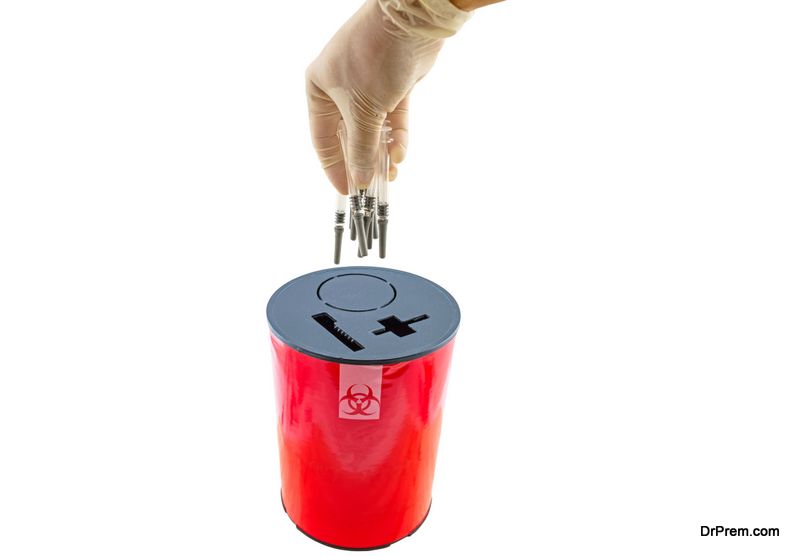There are many areas in which we can put in place numerous innovations to make sure that we make as little an impact on our environment as possible. Healthcare is one area that we can look at to see where we can all have a positive effect – either as a professional in the field, such as a nurse, a carer, or patient.
So whether you know someone who uses a healthcare facility frequently, or you work in one yourself, there may be some little changes that can be put in place to ensure that we put less of a strain on our environment when it’s not required. What can we do to make these alterations?
Here are some of the items that can be put in place to make sure that our healthcare facilities are as eco-friendly as they can – while still providing us and our loved ones with the excellent standard of care we expect to receive. See how some of these innovations could be implemented where appropriate to do so.
1. Use energy-efficient light bulbs
 These items use between 50 and 80% less energy compared with traditional light bulbs. They make a more cost-efficient option even though they may cost a little bit more to buy, but these energy-efficient bulbs can last three to 10 times longer.
These items use between 50 and 80% less energy compared with traditional light bulbs. They make a more cost-efficient option even though they may cost a little bit more to buy, but these energy-efficient bulbs can last three to 10 times longer.
Such bulbs come in a great variety of colors, strengths, and styles. That means that you can be sure there will be a match for your requirements – from care home residents’ bedrooms to sensory room lighting.
2. Add solar panels
Renewable energy is an essential part of becoming eco-friendly so, if it is affordable, you may want to consider investing in solar panels for your healthcare facility. Not only do these panels offer clean and renewable energy, but they can also give your site an additional funding stream as any energy you do not use can be sold to energy companies.
3. Install motion sensors
 This is another way you can save energy because motion sensors can help to prevent lights from being left on by accident or taps left running for too long. So, using these examples: not only can you reduce water waste, but also cut the amount of energy used on lights that do not need to be on.
This is another way you can save energy because motion sensors can help to prevent lights from being left on by accident or taps left running for too long. So, using these examples: not only can you reduce water waste, but also cut the amount of energy used on lights that do not need to be on.
4. Use smart technology
Investing in such innovations can help you to manage systems within your healthcare facility from a smart device – like heating and cooling systems, for instance. So, you can manage room temperatures from any location to reduce energy use.
Smart technology can be used on several other electrical devices, including cookers, kettles, and washing machines. It can also help you with managing the daily tasks of running a healthcare site, plus reduce your facility’s carbon footprint.
Of course, those patients of yours must be receiving the best care possible that you can provide. They will have a great variety of needs, and there are many items you will need to be aware of. So, for instance, there are numerous accelerated nursing programs available where you can learn about patient care, plus healthcare issues and policy.
5. Save water
 This is our world’s most precious resource. Hygiene and cleanliness are crucial to healthcare sites, so may be high water users. Yet there are ways such places can help to prevent wasting water. These include:
This is our world’s most precious resource. Hygiene and cleanliness are crucial to healthcare sites, so may be high water users. Yet there are ways such places can help to prevent wasting water. These include:
- Maintain equipment and check it works well, which means it will use less water and energy
- Use water harvesting, or use gray water when portable water is not required (e.g., with flushing toilets)
- Look into water-saving technology if upgrading your site or having a new one built
6. Check your waste management
A healthcare facility can generate a large amount of waste – including hazardous waste – but you may be able to find ways to reduce this. For instance, you can work with a waste management company whose network can help reduce the carbon footprint by sending waste to its destination. Such brands can also help with more environmentally conscious methods and even create a recycling scheme for your needs.
7. Use green cleaning products
 By changing your cleaning items to varieties that are more eco-friendly means, you can reduce the number of chemicals that go down your drains and enter the water supply. Such products are less likely to be a cause of allergic reactions and have a nicer smell than their chemical counterparts – which will both be a great benefit to those in your care.
By changing your cleaning items to varieties that are more eco-friendly means, you can reduce the number of chemicals that go down your drains and enter the water supply. Such products are less likely to be a cause of allergic reactions and have a nicer smell than their chemical counterparts – which will both be a great benefit to those in your care.
8. Reduce smoke
Some procedures – such as those that use lasers – can create harmful gasses, which can then go into the rest of your facility. However, you can investigate eco-friendly ways to filter gasses from rooms and away from your environment. Having less noxious gasses in the air will mean your patients and employees can breathe easier.
9. Use local food sources
 Look to buy food products from places near to your site, which will mean less of your food will need to be shipped from farther away – so you will have reduced fuel emissions from transportation. Not only this, but you will also help to support the local economy. By using organic produce, too, your food will also be healthier for your patients.
Look to buy food products from places near to your site, which will mean less of your food will need to be shipped from farther away – so you will have reduced fuel emissions from transportation. Not only this, but you will also help to support the local economy. By using organic produce, too, your food will also be healthier for your patients.
10. Have an environmentally friendly building
Many hospitals and healthcare facilities that are new-builds or recently renovated are done so with looking out for the environment as well as its patients. Such modern spaces will have several eco-friendly initiatives, meaning these places will be doing more than their share to help take care of our planet.
The Children’s Hospital of Pittsburgh, PA, for instance, has several environmentally friendly items to its facilities. As well as recycled materials and waters, excellent public transportation, plus benefits for those who share vehicles. It is also paperless, with all data stored electronically. The hospital has also got two LEED certifications (Leadership in Energy and Environmental Design).
The Katz Women’s Hospital postpartum unit is another example. The fourth-floor facility uses natural light and solar shade, so it stays cool in summer and warm in winter. It also uses a green cleaning program, has sustainable air quality monitoring, plus three-quarters of waste created during construction of the new premises was recycled.
Article Submitted By Community Writer




